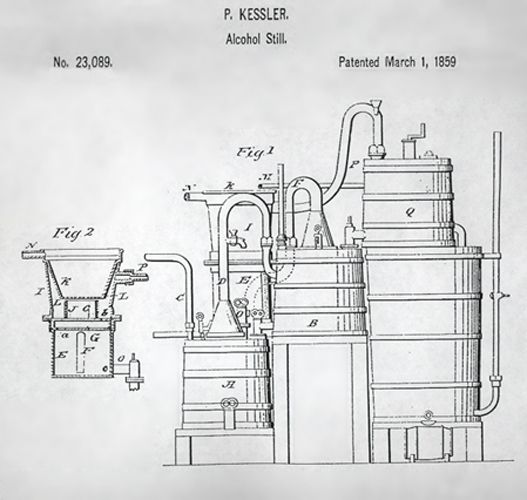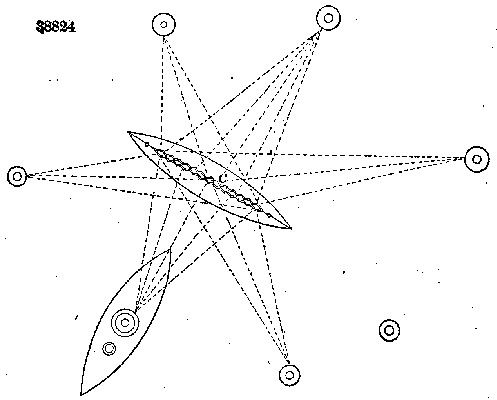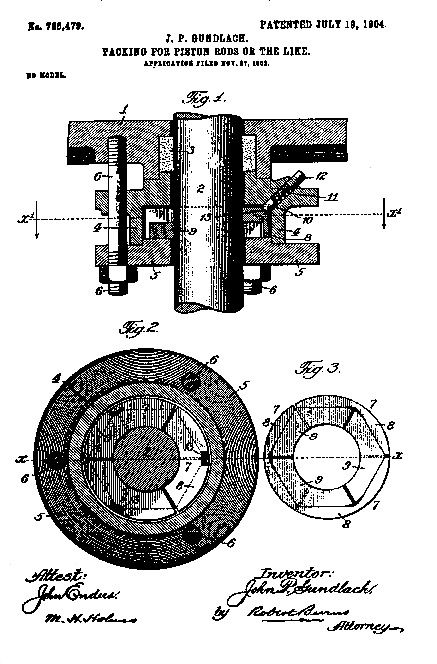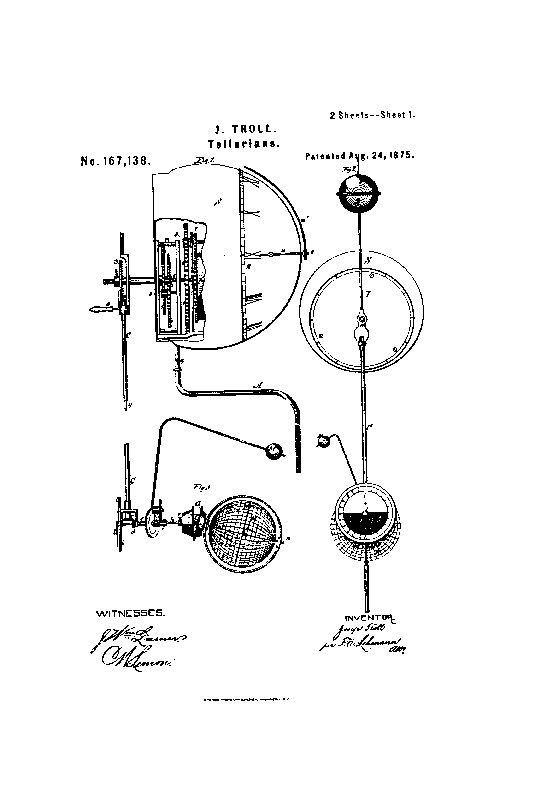The mechanical genius of our area is celebrated at the Labor & Industry Museum! The Labor & Industry U. S. Patent research project began in 1996. The St. Louis, MO, Public Library is a depository for the annual reports of the U.S. Patent Office. The records go back to 1836 when the present numbering system was devised. The reports are scanned not only for Belleville, IL, patentees but for patentees throughout the metro-east area. The early reports are not on-line; therefore, they must be looked at page by page. It is a time-consuming job but has yielded very interesting information on the industrial life of our area and on patentees long forgotten. The research project is ongoing. Want to help? Call us!!!
In 1790, President George Washington signed the bill which laid the foundation for the patent system as we know it today. From 1790 until 1836 when the patent law was revised, patents were unnumbered, therefore, Patent #1 was awarded to J. Ruggles for a locomotive steam engine for rail and other roads, July 13, 1836. The St. Louis Public Library is a regional depository for patent information. A review of the 1851 U.S. Patent Office Annual Report indicates Cyrus Roberts received the first patent awarded a Belleville resident. He received the patent for his improvements in Threshing and Separating Grain. The following year, 1852, he received a patent for a Grain Separator and in 1857 for an improvement in Horsepowers. Roberts moved to Three Rivers, Michigan to avoid the threat of Cholera. He continued to invent, he established a velocipede and motor car company and became the Mayor of Three Rivers. Worden P. Penn, another inventive genius in the same league as Cyrus Roberts, received 20 patents for his agricultural equipment improvements between the years 1859 and 1969. Prior to the Civil War and after these improvements and all manner of agricultural equipment were manufactured in Belleville. Other important inventors were Gundlach, Geiss, Brosius, Opp, Boul, Rentchler and Heaton.
In this section of our site you will find sketches for patents submitted by Belleville's industrial innovators. The sketches of these inventions can be viewed by scrolling down below.
- Alcohol Still - Kessler
- Armor Cladding For Ships - Heaton
- Firearm - Bunsen
- Horsepower - Penn
- Ink Roller - McLemore
- Piston Rod - Gundlach
- Thresher - Cox & Roberts
- Tullerian - Troll








